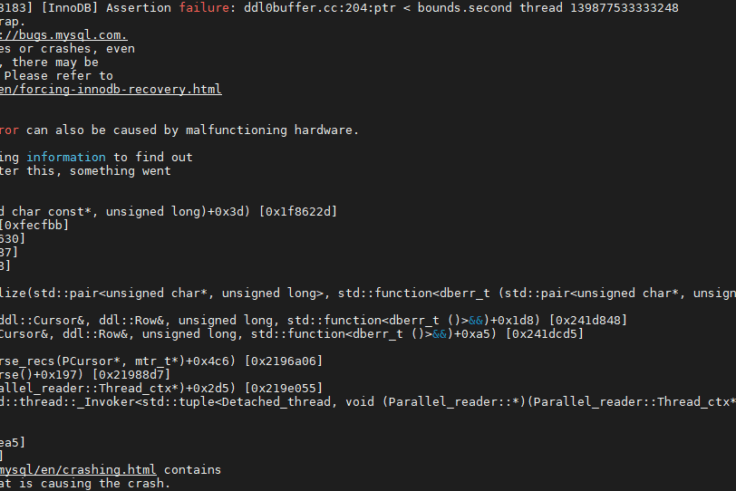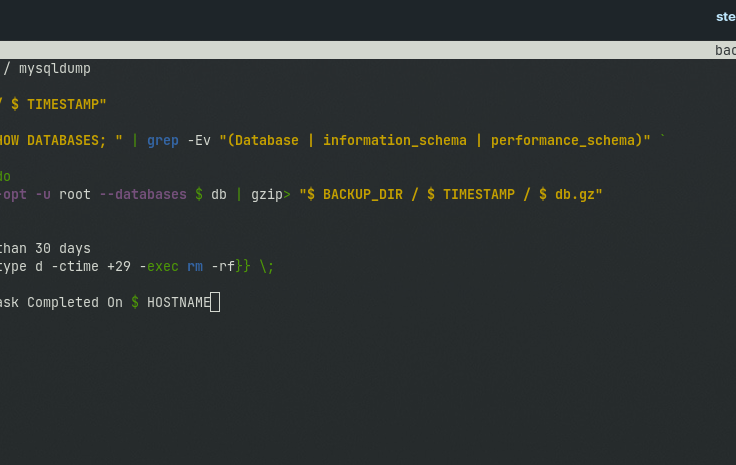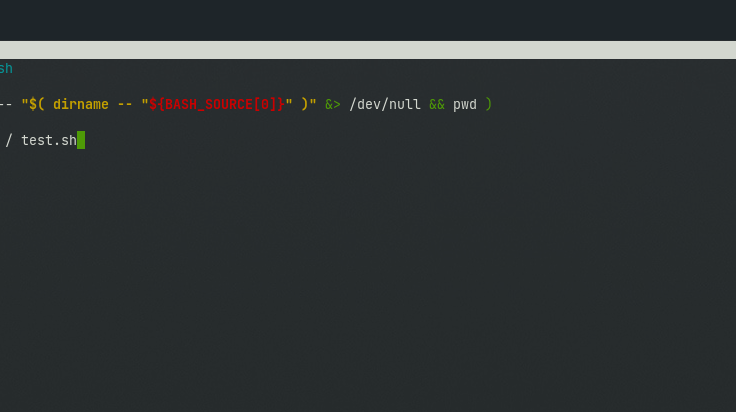When migrating a WordPress website database import failed with the error: mysql -u USERNAME -p DB-NAME < /PATH/dump.sql ERROR 1227 (42000) at line 3258: Access denied; you need (at least one of) the SUPER privilege(s) for this operation so I...
New databases that are created in cPanel are not visible in PHPMyAdmin, but if you assign a user to it and access it as that user, then you can use it. The first thing to check is if the database is visible via CMD: mysql -uCPANEL_USERNAME -p If the...
When you can’t log in to PHPMyAdmin from within cPanel it’s mainly one of two reasons: When you reset the password for that user, MySQL password wasn’t changeduser has a custom .my.cnf file with defined logins for mysql Step 1...
I recommend setting a new MySQL user for backups and never using the root MySQL account to do backups. Step 1. Log on to MySQL as root: mysql -u root -p Step 2. Create a new user and grant all necessary permissions: CREATE USER...
In a recent article, I discussed many methods for removing the large ibdata file, one of which involves transferring the MySQL data directory to a different partition. However, if you do so, you must also inform PHPMyAdmin of the location of the...
ibdata file is used to store all tables of databases that use the innoDB engine, so if you delete it, you will lose all data. To keep each database files in a separate file add innodb_file_per_table in your my.cnf file under [mysqld] section. Here...
MariaDB failed to start outputing this error: [ERROR] Aria engine is not enabled or did not start. The Aria engine must be enabled to continue as mysqld was configured with –with-aria-tmp-tables to fix this move the aria_log_control file: mv...
When importing a dump file from MariaDB to MySQL the following error appears and forces MySQL service to restart: ERROR 2013 (HY000) at line 2286533: Lost connection to MySQL server during query error in MySQL error log file: 2022-02-02T12:07:43...
Here is a simple bash script that I use to backup all mysql databases from the server: #! / bin / bash TIMESTAMP = $ (date + "% F") //backups will be stored in /backup/mysql BACKUP_DIR = "/ backup / mysql" MYSQL = / usr / bin / mysql MYSQLDUMP = /...
Here is a small script that does two things: Determinate script’s locationDelete the file #!/usr/bin/env bash // determinate where the script is SCRIPT_DIR=$( cd -- "$( dirname -- "${BASH_SOURCE[0]}" )" &> /dev/null && pwd ) //...

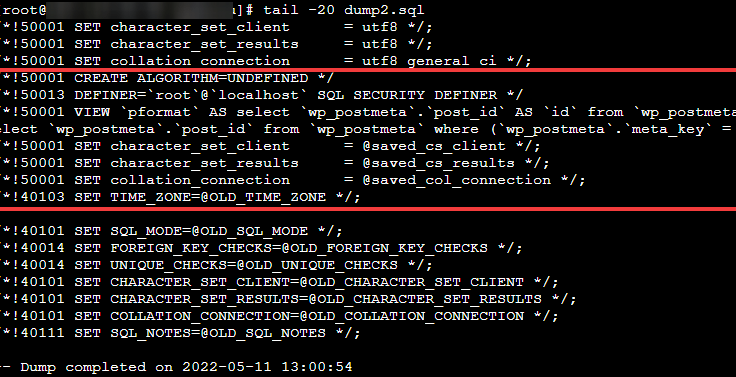


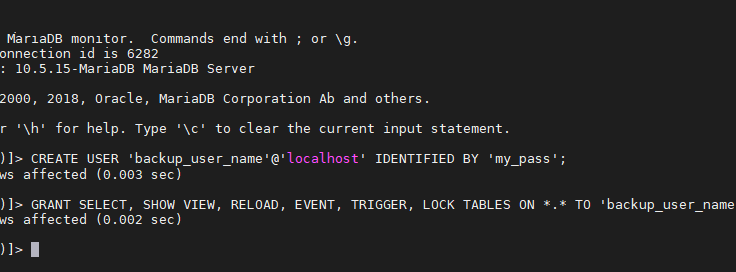
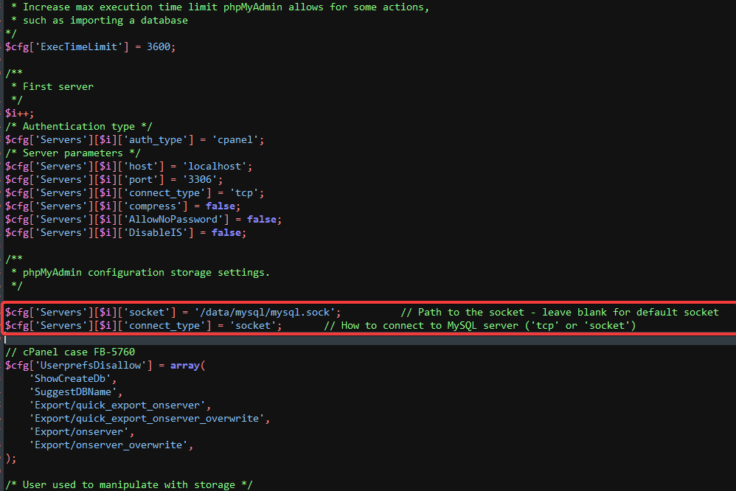

![[ERROR] Aria engine is not enabled or did not start. The Aria engine must be enabled to continue as mysqld was configured with --with-aria-tmp-tables MobaXterm Personal 20.3 yNKz86a65v 736x344 - [ERROR] Aria engine is not enabled or did not start. The Aria engine must be enabled to continue as mysqld was configured with --with-aria-tmp-tables](https://pcx3.com/wp-content/uploads/2022/02/MobaXterm_Personal_20.3_yNKz86a65v-736x344.png)
